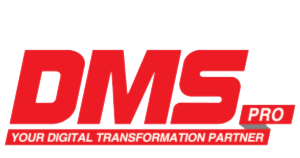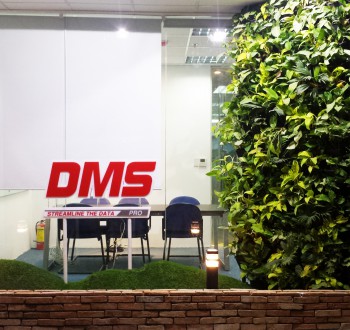- 25-10-2024
- Category: Quản Trị Doanh Nghiệp
In the retail market, driving sales at the point of purchase (Sell Out) is essential for sustaining growth and optimizing revenue. However, to achieve this, businesses cannot solely rely on increasing warehouse shipments (Sell In); a comprehensive strategy is necessary to ensure that products attract consumers and sell quickly at retail locations. Here are some critical steps and data that demonstrate the effectiveness of this strategy.
1. Understanding Sell In and Sell Out
Sell In and Sell Out are two core strategies in distribution and sales. Sell In is the initial step, focused on moving products from the manufacturer to distributors or agents (Primary Sale). This establishes a foundation for product flow within the system and prepares goods for retail points. In contrast, Sell Out is the next stage, where products at retail points need to be driven to reach the final consumer (Third Sale).
For B2C companies, Sell Out strategies often aim to create an appealing shopping experience to attract customers. In B2B models, businesses need to implement programs that encourage distributors and partners to support effective product consumption.
2. Strategies to Increase Sell Out Success Rate
To increase the Sell Out rate, companies can apply the following strategies:
- Optimizing the Shopping Experience: According to Nielsen, promotional and discount programs can boost retail sales by up to 120%. Products accompanied by gifts or short-term discounts can increase conversion rates by an additional 20%, attracting customers and driving sales.
- Providing Product Information: Ensuring that information about product use, benefits, and instructions is readily available makes shopping easier for customers. This is especially crucial as 82% of purchase decisions are made directly at the point of sale, according to research from POPAI (Point of Purchase Advertising International).
- Using Sales Tracking Technology: Management systems like OMS help managers oversee sales at each location, providing accurate and timely data. According to Gartner, implementing an Order Management System (OMS) can reduce order processing times by up to 40% and increase order accuracy by 30%. This significantly enhances the customer experience, helping retain customers and boosting Sell Out rates.
3. Strategies to Increase Sell In Success Rate
To optimize Sell In, businesses need to ensure efficient product distribution and streamline sales processes with the following methods:
- Building Strong Relationships with Distributors: Developing strong partnerships fosters trust, promotes long-term cooperation, and ensures a continuous supply of products.
- Maintaining Optimal Inventory Levels: According to a McKinsey report, effective inventory management helps businesses avoid stock shortages or excess, optimize costs, and reduce return rates from distributors.
- Leveraging Technology to Enhance Efficiency: Modern inventory management systems allow accurate tracking and management of stock levels, helping businesses adjust plans in real-time when demand fluctuates.
4. The Importance of Technology in Sell In and Sell Out
Today, technology plays a decisive role in supply chain management and sales optimization. OMS (Order Management System) is a tool that not only helps businesses manage data but also automates processes. This system minimizes errors, improves efficiency, and enhances data reliability, thus building trust with distributors and consumers. OMS enables businesses to integrate information from CRM and ERP systems, tracking product status from the manufacturer to the retail point.
OMS supports businesses in optimizing retail operations by accurately managing key performance indicators (KPIs), reducing time spent on manual processes, and improving system response speed. According to a Harvard Business Review survey, companies using OMS can improve sales efficiency by up to 25% compared to those without such a system. In a competitive environment, applying advanced technology helps maintain stable sales and fosters trust with distribution partners.

Conclusion
Success in distribution and sales requires effective coordination between Sell In and Sell Out strategies, with technology support for managing the supply chain and optimizing sales. Timely and precise technology application can help businesses not only achieve sales goals but also enhance their credibility with partners and customers.
OMS is a comprehensive DMS solution, developed on the Software-as-a-Service (SaaS) model, suitable for today’s omnichannel sales trends.
Contact us today for consultation and to explore how OMS can support you like it has for many large businesses (Samsung, TH True Milk, Suntory Pepsico, Lotte, Gas South, etc.) to grow rapidly: CLICK HERE.
 Your Distribution Management Solutions
Your Distribution Management Solutions



